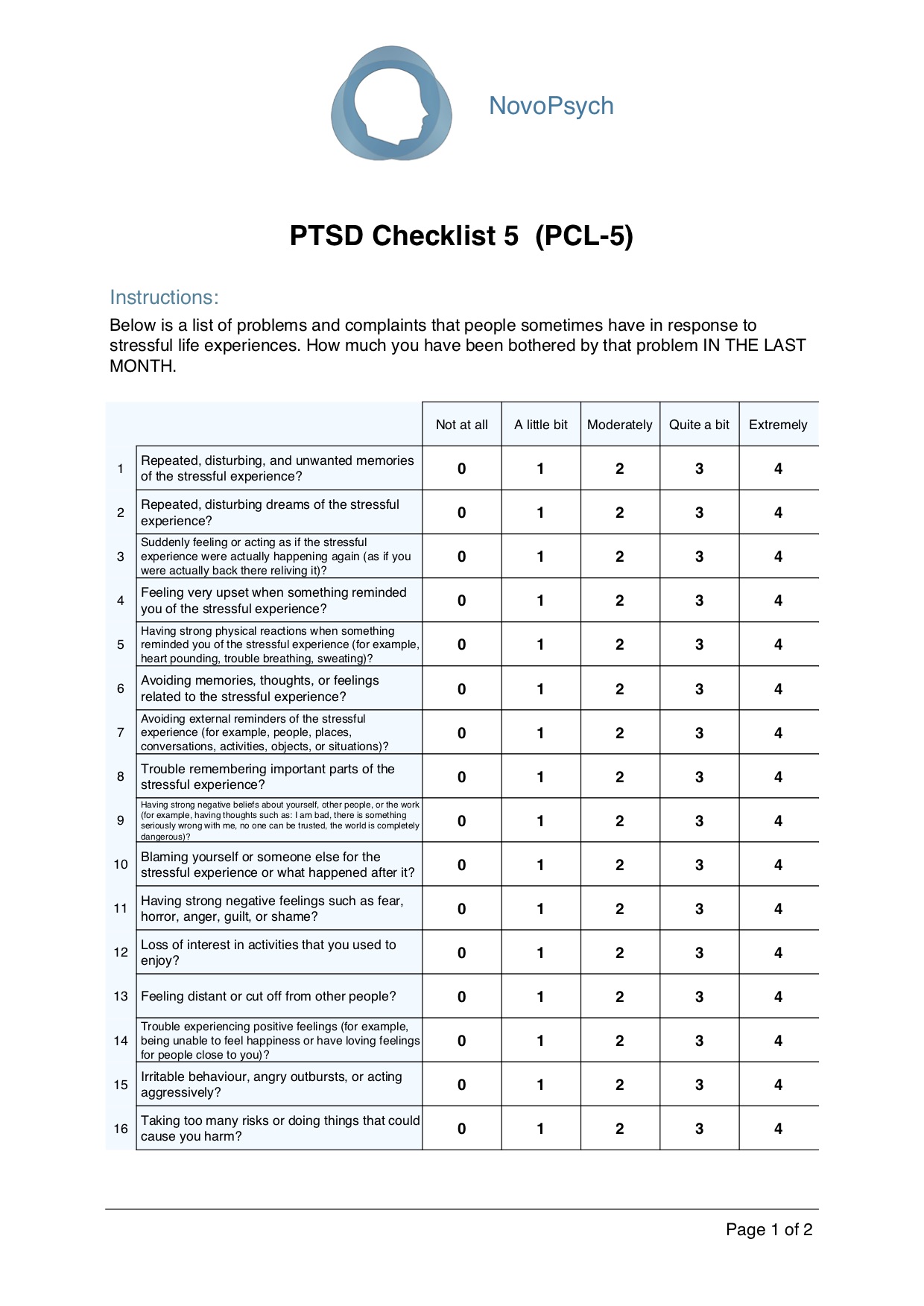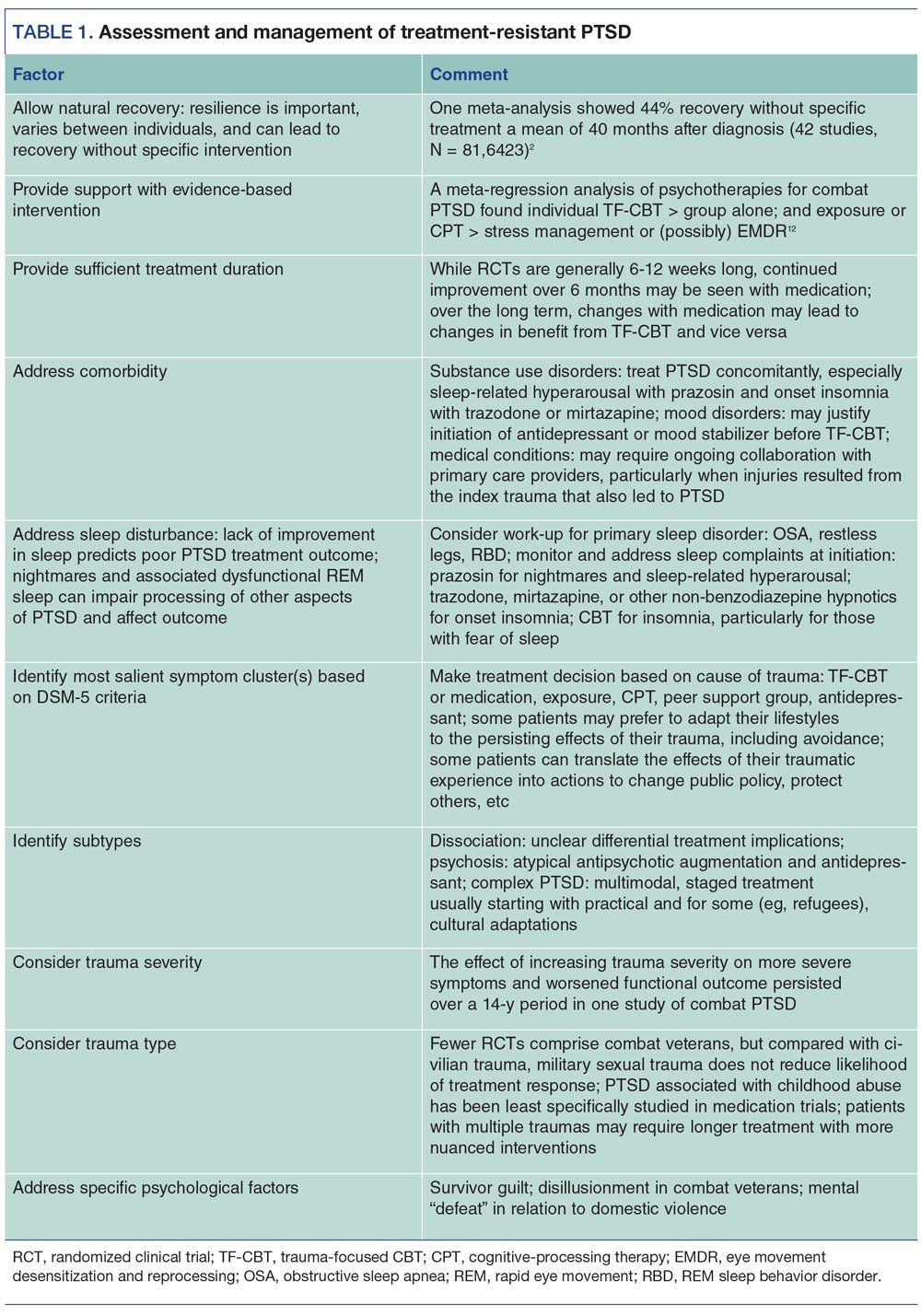
There has also been discussion over differential diagnoses for simple vs. PTSD was officially classed as an anxiety disorder for over thirty years (from 1980 until May 2013), but some argued that it fit more closely among dissociative disorders, while others felt it belongs by itself.

An alternative classification system, the World Health Organization’s International Classification of Diseases, or ICD-10, uses a comparable but somewhat different symptom summary. In my view, these are small but important steps forward. Also, a “with dissociative symptoms” subtype can now be specified, although this shares the same diagnostic code. The disorder has moved out of the Anxiety Disorders chapter, and into a chapter on Trauma- and Stressor-Related Disorders. Two interesting diagnostic changes were made in the DSM-5’s version of PTSD. The most current version of the DSM is the DSM-5, published in late May of 2013.
#PTSD SYMPTOMS DSM 5 MANUAL#
The actual symptoms used in the United States are described in the Diagnostic and Statistical Manual of Mental Disorders, or DSM. And Hyperarousal, meaning physiologic signs of increased arousal, such as hyper-vigilance or increased startle response. Avoidance, when the person tries to reduce exposure to people or things that might bring on their intrusive symptoms. The three main symptom clusters in PTSD are: Intrusions, such as flashbacks or nightmares, where the traumatic event is re-experienced.

Three additional symptom clusters, if they persist for more than a month after the traumatic event and cause clinically significant distress or impairment, make up the diagnostic criteria. This disorder presumes that the person experienced a traumatic event involving actual or threatened death or injury to themselves or others - and where they felt fear, helplessness or horror. Post-traumatic Stress Disorder (PTSD) is the most common diagnostic category used to describe symptoms arising from emotionally traumatic experience(s). Implications for use of the PCL-5 in a variety of assessment contexts are discussed.Ĭopyright © 2015 International Society for Traumatic Stress Studies.Excerpts from David Baldwin’s Trauma Pages Overall, results indicate that the PCL-5 is a psychometrically sound measure of PTSD symptoms. In Study 2 (N = 558), PCL-5 scores demonstrated similarly strong reliability and validity. 84, and superior fit with recently proposed 6-factor, χ2 (164) = 318.37, p <. 07, root mean squared error of approximation (RMSEA) =. 001, standardized root mean square residual (SRMR) =. In addition, confirmatory factor analyses indicated adequate fit with the DSM-5 4-factor model, χ2 (164) = 455.83, p <.

In Study 1 (N = 278), PCL-5 scores exhibited strong internal consistency (α =.

Psychometric properties of the PCL-5 were examined in 2 studies involving trauma-exposed college students. In this article, the authors describe the development and initial psychometric evaluation of the PCL for DSM-5 (PCL-5). The PCL was recently revised to reflect DSM-5 changes to the PTSD criteria. The Posttraumatic Stress Disorder Checklist (PCL) is a widely used DSM-correspondent self-report measure of PTSD symptoms.


 0 kommentar(er)
0 kommentar(er)
